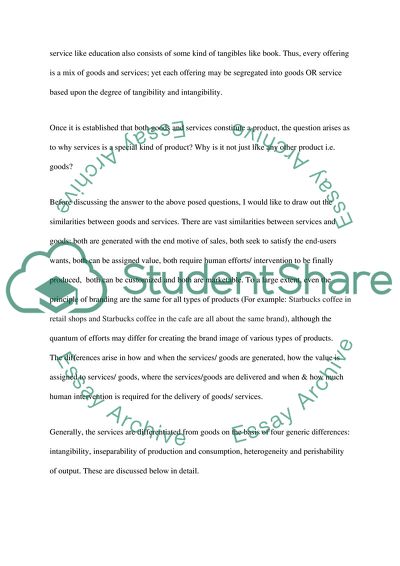Cite this document
(Services as a Special Kind of Product Coursework, n.d.)
Services as a Special Kind of Product Coursework. Retrieved from https://studentshare.org/marketing/1738061-marketing-services-are-a-special-kind-of-product
Services as a Special Kind of Product Coursework. Retrieved from https://studentshare.org/marketing/1738061-marketing-services-are-a-special-kind-of-product
(Services As a Special Kind of Product Coursework)
Services As a Special Kind of Product Coursework. https://studentshare.org/marketing/1738061-marketing-services-are-a-special-kind-of-product.
Services As a Special Kind of Product Coursework. https://studentshare.org/marketing/1738061-marketing-services-are-a-special-kind-of-product.
“Services As a Special Kind of Product Coursework”. https://studentshare.org/marketing/1738061-marketing-services-are-a-special-kind-of-product.


